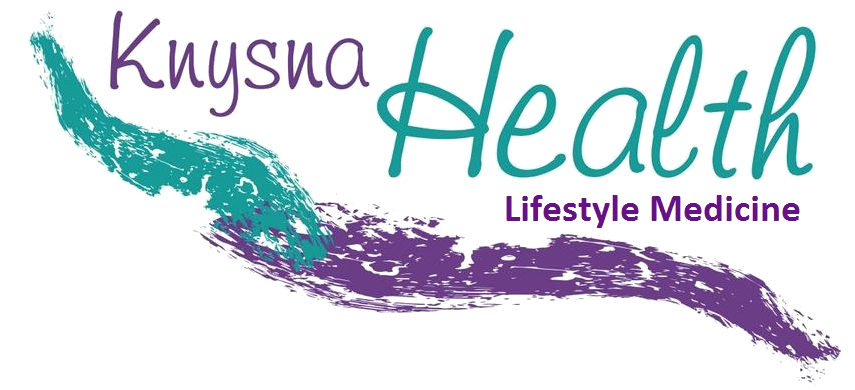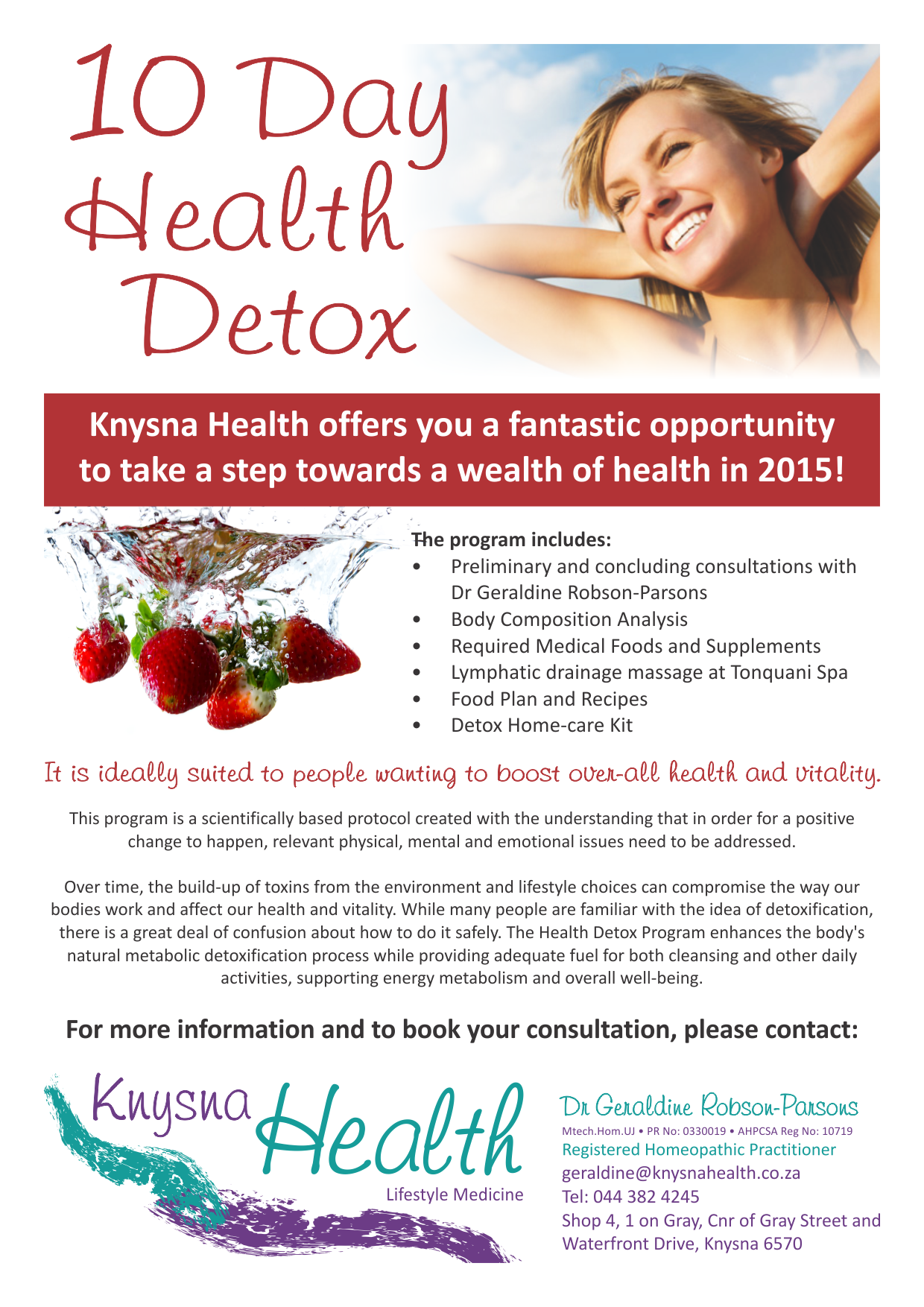Love the skin you’re in!
The summer sun is out in all its glory and we’re spending more of our time outdoors. A decent amount of sun exposure is a good natural vitamin D top-up and for most of us sun-loving souls, the natural sun-kisses bring about a serene sense of the holiday vibes. If you love your skin, take good care of it! This starts with sun protection.
Ultraviolet radiation (UV) has a shorter wavelength than light and is responsible for sunburn, skin and eye damage. These wave lengths are divided into UVB (which is responsible for sunburn) and UVA (responsible for long-term skin damage).The ozone in the earth’s atmosphere protects us from some of these damaging effects but not all. Sunscreens help filter out UV radiation by providing a barrier, reflecting and scattering UV. Topically, inorganic particles such as titanium dioxide and zinc oxide are the active ingredients in this type of sun protection. The other method of protection is absorption of UV rays.
Ever wondered if nutrients obtained from food can protect your skin from the harmful effects of the sun and prevent aging? Enter carotenoids. These are amongst a group of compounds that give natural foods their spectacular array of colours. There are more than 700 naturally occurring carotenoids and most people have approximately 10 circulating through their system on any given day. That’s great news! High in antioxidants and vitamin A, carotenoids protect plants & organisms from the damaging effects of light and oxygen and are critical to the photosynthetic process. By consuming plants and organisms that contain these pigments, a similar protective effect can be acquired.
Astaxanthin is a carotenoid that is produced by a hardy and adaptive microalgae Haematococcus Pluvialis. Considered by some as a ‘supernutrient’, Astaxanthin is thought to be 65 times more powerful than vitamin C with 14 times more antioxidant potential than vitamin E according to Dr Mercola. There has been considerable interest in the field of research and a growing number of studies suggest that it can help protect the skin from the sun and thereby reduce the signs of aging. In a study published in the Journal of Dermatological Science (2002), it was found that astaxanthin is able to protect against alterations in human DNA induced by UVA light exposure. It was also found to be a potent UVB absorber. But its benefits are more than skin deep. Amongst its properties, astaxanthin has the ability to cross both the blood-brain barrier and the blood-retinal barrier, offering protection for brain, central nervous system and eyes.
A sunburn is essentially an inflammatory process and the anti-inflammatory quality of astaxanthin helps quell this by acting like an ‘internal’ sunscreen, exhibiting powerful free-radical scavenging activity and protecting cells from oxidative stress. Interestingly, this compound is the reason that salmon and flamingos are pink in colour. Dietary sources richest in astaxanthin include wild caught salmon, shellfish and krill.
Astaxanthin is available in supplement form and is generally well-tolerated. Contact your health practitioner before taking any supplements.
http://articles.mercola.com/sites/articles/archive/2011/05/25/sunscreen-and-wrinkle-prevention-in-a-pill.aspx
http://www.fasebj.org/content/28/1_Supplement/645.2.short
- Published in Uncategorized
You are invited to join us for the Diabetes Summit (Free)
- Published in Uncategorized
What are the two most healing foods for the gut?
A healthy gut lining acts as a selectively permeable barrier, effectively controlling what remains in the gut lumen, and what is able to pass into the interior of our bodies. Gut inflammation and increased gut permeability have become leading mechanisms and perpetuators of chronic disease, especially in Western Nations. This is especially true of allergy based diseases, and auto-immunity. Examples of these conditions include:
• Eczema
• Hay fever and sinusitis
• Asthma
• Rheumatoid arthritis
• Systemic Lupus Erythematosus (SLE/lupus)
• Hashimoto’s thyroiditis
There are many factors that contribute to this increasing burden of disease. These include:
• Sensitivity to gluten containing grains
• Sensitivity to dairy protein, particularly casein
• Processed foods
• Toxins in foods, such as chemical additives, pesticides, herbicides and fungicides. Many pesticides have been approved as “safe” in that they do not interfere with human physiology, however they do have effects on the gut microflora, and so indirectly may lead to disease. Imbalanced gut micro flora are strongly implicated in both allergy and autoimmunity.
• Stress – it’s not always what you are eating, but sometimes what’s eating you, that can be affecting your gut function
• Too little or too much fiber-rich food
Conventional medical approaches have in the past really struggled to address this growing problem, and have been primarily involved in addressing the downstream consequences of the inflamed digestive system and “leaky gut”.
These approaches are immune-suppressive, and as such, may inadvertently interfere with other aspects of immune vigilance. They are also not directed at addressing the reasons why the problems exist, and so are often relieving symptoms, rather than curing the disease.
If we have correctly identified the drivers of the condition, then modifying our exposure to these drivers is the most appropriate action we can take to correct the dysfunction.
Once gut permeability starts, the exposure to a wide array of food items results in sensitization of the immune system to many foods. For this reason it is usually best to start with an elimination diet that removes most of the antigenic load, and replaces it with foods that are usually well tolerated. Exceptions to this are foods that are on the “allowed” list, but that strong sensitivity has been demonstrated. Examples may include eggs, which many people are sensitive to, but are not a fundamentally “bad” food.
Below is an example of a typical elimination diet:
The above diet may greatly reduce the signals that are inflaming the gut, however it is also possible to eat specific foods that drive the healing process:
Stewed apples and bone broth…
Stewed apples have been highlighted by Michael Ash in the UK as possibly the most healing foods for an inflamed gut. Below is a link to his article published in CAM magazine:
Michael Ash: Is this a Perfect Functional Meal for Mucosal Tolerance?
The recipe is extremely simple:
Ingredients
• 6 cooking apples (preferably grown organically)
• 1/2 cup water
• 1/2 cup raisins/sultanas (for added sweetness and fiber)
• 2 tsp. cinnamon
Directions
Peel and core the apples and chop them into small evenly sized pieces.
Put all the ingredients in a covered, heavy-bottomed pan and cook for about 15 minutes, stirring regularly. Cook until soft with rough shapes, no longer identifiable as apple slices. The color should be a russet brown with the cinnamon effect.
These may be eaten warm, or cold. I suggest making up as many small containers (sized to hold 1 – 1.5 apple equivalent in each) and covered and put in the fridge for easy recovery and to avoid food deviation due to lack of availability and so maintain compliance.
In cases of severe gut inflammation, and if faster results are desired, the following options can also be included:
• 1 tsp. of larch arabinogalactans stirred into the apple to add sweetness – if required
• 1 Saccharomyces Boulardii 250mg capsule sprinkled on the top – or swallowed separately
• 1 mix of Bifidobacteria (mixed strains) (500mg) 5billion CFU sprinkled on top – or swallowed separately
• 1 x Lactobacillus GG capsule sprinkled on top – or swallowed separately
• Add 6-8 blueberries and 4-5 almonds in their skins (soaked overnight and then rinsed well)
Bone Broth
The following recipe can be scaled up or down according to the size of your pots or slow cooker. Bone broth has amazing healing properties for an inflamed gut lining and is the most important part of the “Gut and Psychology” diet, or GAPS diet.
Ingredients:
• 2-3kg beef marrow or knuckle bones or short ribs or other meaty bones
• 125ml apple cider vinegar
• 4l filtered water
• 3 celery stalks roughly chopped
• 3 medium onions halved or quartered
• 3 carrots – cut into large chunks
• Handful of fresh parsley
• 1+ tsp sea salt or Himalayan rock salt – to taste
Method:
1. Place bones in a pot or a crockpot with apple cider vinegar and water and allow to stand for 1 hour. The vinegar will start to leach the minerals out of the bones. Add more water if needed to cover the bones.
2. After the hour is up, add the vegetables bring to a boil. A scum will quickly develop on the top. Skim this off and discard.
3. Reduce heat and simmer very slowly for 24-72 hours.
4. During the last 15 minutes of cooking, throw in a handful of fresh parsley for added taste.
5. Allow the broth cool and remove all the bones. Check that all marrow is knocked out of the marrow bones and into the broth.
6. Add sea salt/ Himalayan rock salt to taste.
Drink the broth as is or store in fridge up to 5 to 7 days or freezer up to 6 months for use in soups or stews.
Disclaimer
The information presented in this report is offered for educational and informational purposes only, and should not be construed as personal medical advice. Use of this information is completely at your own risk. Please consult your physician if you are unsure whether the information contained in this report is appropriate for you.
Author: Dr Wayne Naudé (Homeopath and Functional Medicine Practitioner)
M. Tech (Hom) (DUT)
8 March 2015
www.healupstream.com
- Published in Uncategorized




